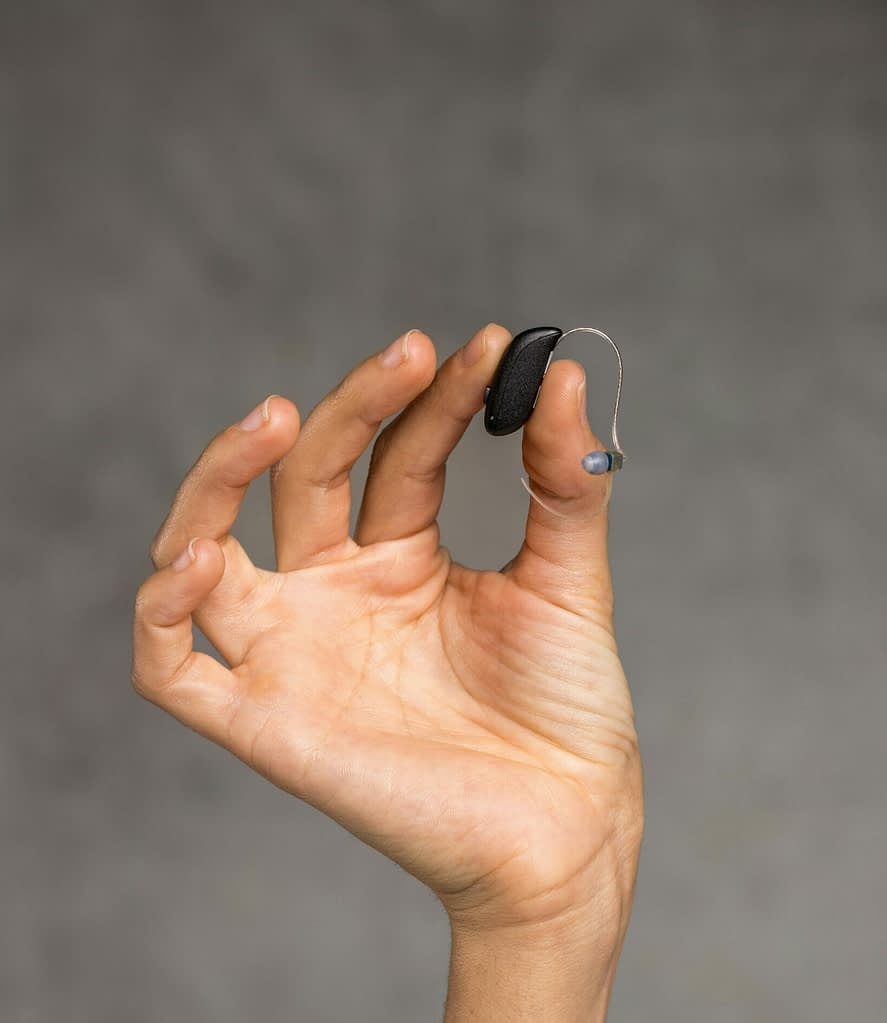The global hearing aid market, valued at approximately $12 billion, will likely remain under European leadership – particularly Danish – for the foreseeable future. Northwest of Copenhagen lies a cluster of small towns surrounded by forests and lakes that is home to three of the world’s largest hearing aid manufacturers. The extraordinary market control of this region, which has earned Denmark the nickname “Silicon Valley of Sound,” appears permanent, especially after devices for the chronically disabled were among the rare segments that escaped Trump’s tariff measures.
European Oligopoly in the Medical Technology Sector
An ecosystem developed over more than a century has given three Danish companies – Demant A/S, GN Store Nord A/S, and WS Audiology A/S – along with their Swiss rival Sonova Holding AG, an almost monopolistic position in the market for devices that help people hear better. This small but sensitive healthcare segment was protected from tariffs during President Donald Trump’s first term and was spared from the volley of tariffs he unleashed last month.
“Currently, we are exempt from tariffs, and in our planning, we assume it will remain so,” said Peter Karlstromer, CEO of GN Store Nord, during a results conference call on May 1. Morgan Stanley analysts estimate that the five largest hearing aid manufacturers control approximately 99% of the global market, which they predict will be worth more than $14 billion by next year (up from approximately $12 billion in 2023). Only one of the five – privately owned Starkey – is headquartered in the US.
Why Investors Are Watching European Hearing Aid Manufacturers
- Demographic Tailwind: About one in three adults between the ages of 65 and 74 suffers from hearing loss, and the risk of developing this disability increases with age
- Stable Regulatory Environment: Devices for the chronically disabled are listed in Chapter 98 of the US Harmonized Tariff Schedule as items that can be imported into the country duty-free
- Strong Position in the US Market: The USA remains a key market – Sonova generated 30% of its revenue in the US in the fiscal year ending in March, while Demant generated 41% of its 2024 revenue in North America
- High Technological Barrier: Modern hearing aids are complex. They must be small and discreet, yet packed with highly sophisticated electronics
“Technical expertise, manufacturing scale, and key market platform – through ownership of retail networks – mean that Europe will dominate the field of hearing aids in the medium term,” said Graham Doyle, an analyst at UBS Group AG.
“It’s difficult to produce quality hearing aids, especially to manufacture them on a large scale and be able to do it economically,” says Doyle. “Given that it’s a small market and requires specialized knowledge, I don’t think anyone would try to become just a new hearing aid manufacturer.”
Investment Perspective
From an investment analyst’s perspective, the hearing aid sector remains an attractive investment opportunity with predictable growth and high entry barriers. European manufacturers, especially the Danish trio complemented by Swiss Sonova, are well-positioned to maintain their dominant position for the foreseeable future.
For investors seeking defensive stocks with growth potential and relative immunity to economic cycles, this sector represents an interesting alternative. However, it will be crucial to monitor regulatory developments and potential disruptive technologies that could disturb the current oligopoly.
Overall, European dominance in hearing aids represents an example of successful specialization and long-term knowledge building, which proves to be an effective strategy against global competition even in times of rising protectionism.




